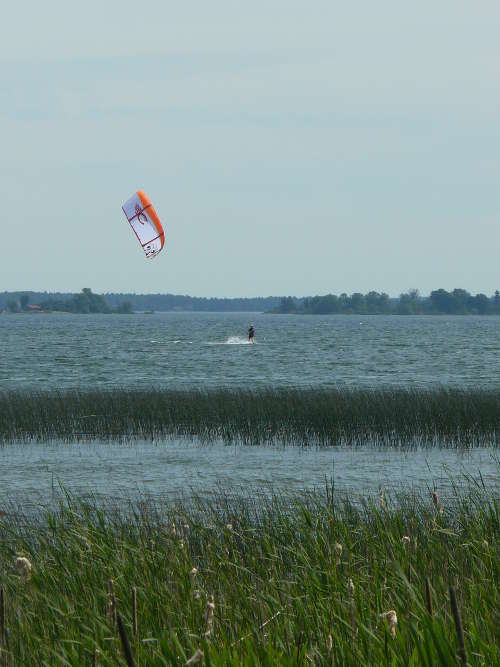 Location Taken: Thousand Islands, Ontario, Canada
Location Taken: Thousand Islands, Ontario, Canada
Time Taken: June 2010
Aren’t reeds awesome?
They’ve found a niche, far enough into the water to drown most other plants, but close enough they can still reach both soil and air. There aren’t too many species that go for the borders like that, the in-between zones.
There’s a lot of advantage to those who can live there. Usually they have limited competition, after all. And yet, there’s a reason few species claim these niches. All it takes is one large storm upriver, and these reeds will be underwater, torn apart by the swift current. On the flip side, if things dry out, they’ll be deprived of the water they’re accustomed to, and likely wither away.
You don’t see reeds along every river. They tend to be found where things are more stable. This river, for instance, is fed by the Great Lakes. It would take an epic cataclysm for it to run dry. It’s also wide and slow enough that it would take biblical flooding before the reeds would have trouble. In fast moving narrow rivers, or in frequently dry wadis, you never find reeds.
You can also find them along most coastlines. But then, what is the ocean but the widest, slowest, most stable river on the planet?
